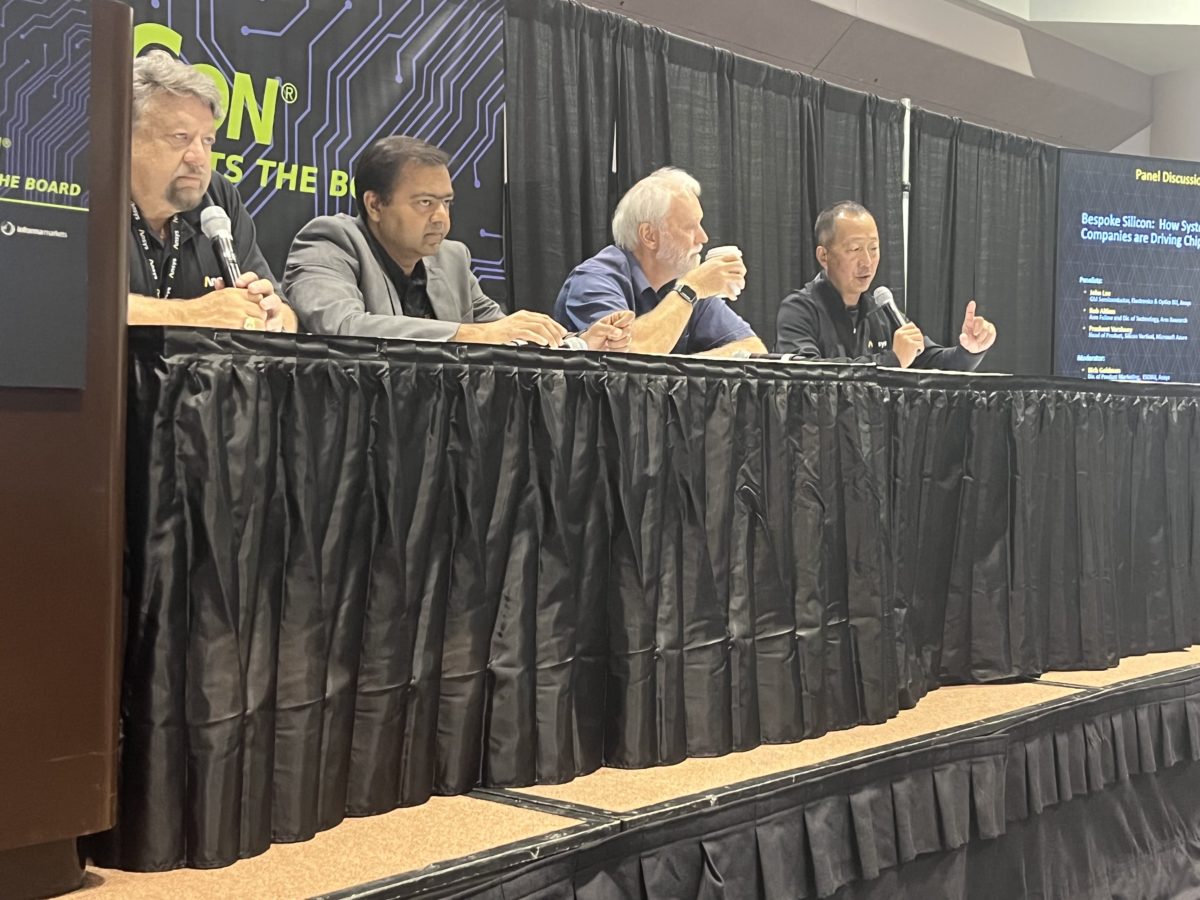After many false starts it seems like ARM servers are getting some real traction, I was looking at some market share figures the other day and was shocked that ARM now has 10% of the server market, and projected for 20% by 2025. This is up from essentially 0% 2 years ago. I was really skeptical about this but after some digging, apparently 20% of all running AWS instances are already Graviton. It starts to make sense as many cloud workloads are essentially becoming appliances, and Amazon has spent significantly in optimizing workloads for it's own processors, and delivering something like a 50% cost advantage in doing so. Microsoft is doing similar things, but leveraging Ampere, and Google just announced they are also going to roll their own. Following cloud engineers on other forum, it's clear that there is a real shift in thinking happening right now around deploying on ARM instances because of cost and there is a big push right now at startups and big companies to reduce cloud bills.
We've been talking about this trend here on SemiWiki for several years so I think we all knew this was coming, but I'm still shocked at how quickly the change is happening.
This has to have Intel worried, with AMD being estimated to take 30% share and ARM expected to take 20% share, we are seeing Intel datacenter share dropping from nearly 100% to potentially less than 50% in a span of just a few years.
We've been talking about this trend here on SemiWiki for several years so I think we all knew this was coming, but I'm still shocked at how quickly the change is happening.
This has to have Intel worried, with AMD being estimated to take 30% share and ARM expected to take 20% share, we are seeing Intel datacenter share dropping from nearly 100% to potentially less than 50% in a span of just a few years.

